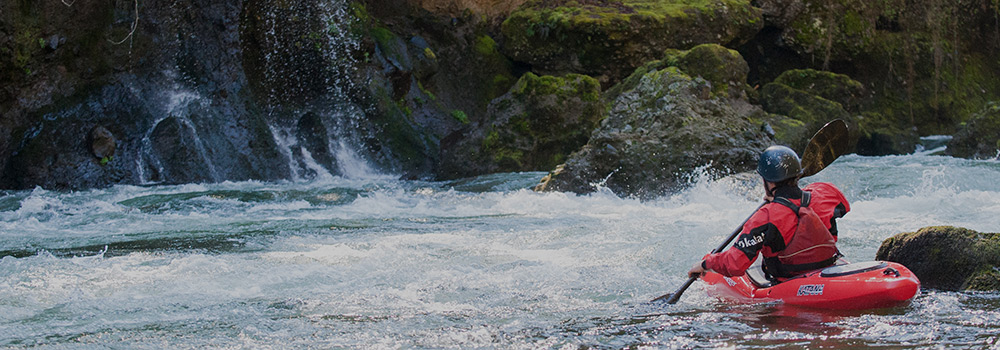Categories
Activities
Displaying: All / All
Join the Dagger Email Community
Be the first to know about new products, team news and events.


Your gear carries you out and home, protects you from the elements and assists you in emergencies. All of it should be in good condition and fit your body, skill level and setting. Putting a child in an adult PFD isn’t a smart idea, for example, nor is using that leaky, beater kayak you borrowed at the last minute from your sister’s boyfriend. Make sure the gear is right before your start because once out on the water, it may be too late.
Don’t launch unless you have these items.
It’s widely held that humans have difficulty breathing underwater. Be sure your PFD fits, and wear it properly and religiously. The overwhelming majority of serious accidents (deaths and close calls) in paddlesports occur when paddlers are not wearing a Coast Guard-approved PFD.
Beginning kayakers should never paddle alone. There’s safety in numbers, especially when someone needs to go for help in an emergency.
Information on this page is provided through our partnership with American Canoe Association (ACA) by staff writer Becky Molina.
For comprehensive guides on paddling, please visit the ACA website.
